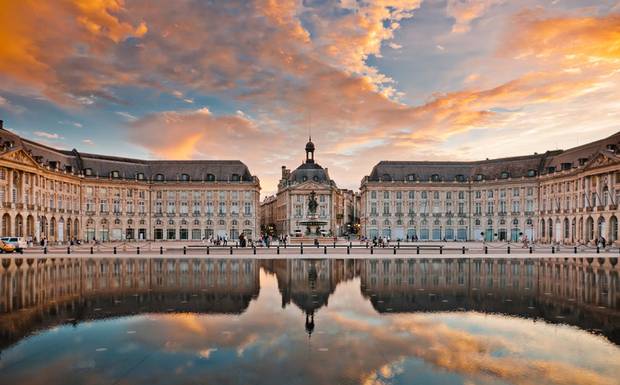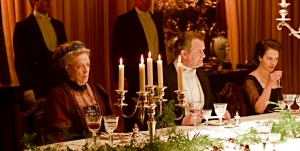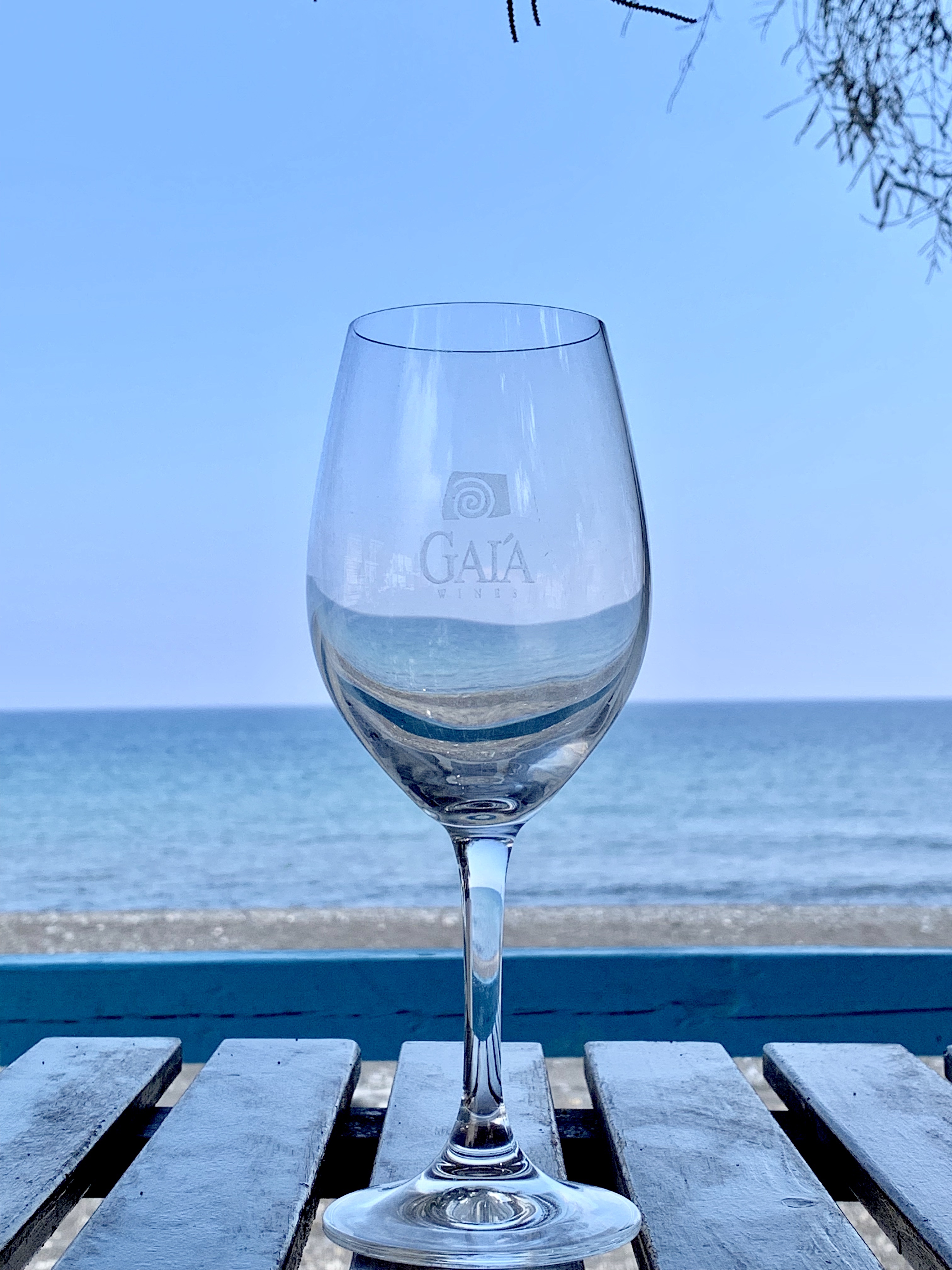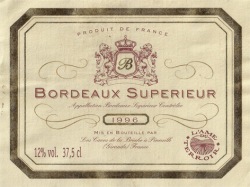 Bordeaux. The name evokes images of luxury and glamour, Downton Abbey-esque dinner parties, and the ultimate in fine wine – the standard against which all other wines are measured. This is not undeserved; Bordeaux is very good wine. It is one of the most recognized names in the wine world. As such, it is also misunderstood, and intimidating to many people.
Bordeaux. The name evokes images of luxury and glamour, Downton Abbey-esque dinner parties, and the ultimate in fine wine – the standard against which all other wines are measured. This is not undeserved; Bordeaux is very good wine. It is one of the most recognized names in the wine world. As such, it is also misunderstood, and intimidating to many people.
 A while back, I invited some friends over for dinner, and to share a bottle of Bordeaux. This particular bottle, a $60 Saint-Émilion (obviously not a Grand Cru, but a very nice wine), had been sent to me to review, so I wanted to share it with people who would appreciate the quality. These friends are into wine, but drink mostly California wines. I opened and decanted, and when dinner was served, poured the wine. As they tasted, I explained that as a Right Bank Bordeaux, this wine was predominantly Merlot, blended with Cabernet Sauvignon and Cabernet Franc. The looks on their faces betrayed their surprise. “Bordeaux isn’t a grape?” one of my friends asked.
A while back, I invited some friends over for dinner, and to share a bottle of Bordeaux. This particular bottle, a $60 Saint-Émilion (obviously not a Grand Cru, but a very nice wine), had been sent to me to review, so I wanted to share it with people who would appreciate the quality. These friends are into wine, but drink mostly California wines. I opened and decanted, and when dinner was served, poured the wine. As they tasted, I explained that as a Right Bank Bordeaux, this wine was predominantly Merlot, blended with Cabernet Sauvignon and Cabernet Franc. The looks on their faces betrayed their surprise. “Bordeaux isn’t a grape?” one of my friends asked.
Old World wines can create confusion to American wine drinkers. Had I served a Napa Valley Merlot, the label would say “Napa Valley Merlot.” A red blend with less than 75% of one varietal would say “Red Blend” or something similar, and often lists the grapes on the back label. European wines, on the other hand, name the region on the label, but usually not the varietal. There, people just know that Red Burgundy is Pinot Noir, Chianti is Sangiovese, Rioja is Tempranillo, and Bordeaux is a blend of Cabernet Sauvignon, Merlot, and other grapes.
The Bordeaux region is in southwestern France, along the banks of the Gironde river. The predominant red grapes are Cabernet Sauvignon and Merlot. Historically, red wines from producers on the Left Bank of the river are Cabernet-based, while those from the Right Bank are Merlot-based. Other common varietals, used for blending, include Cabernet Franc, Petit Verdot, and Malbec. As mentioned, Bordeaux wines are renowned for their quality, their aging potential, and their glamour.
While high-end Bordeaux, Grand Crus, can fetch thousand of dollars per bottle, there are plenty of very good Bordeaux wines for less than $20. Check your wine shop or market, and try a bottle! Bordeaux has earned it’s reputation for a good reason. Just don’t look for a Bordeaux grape!






Wow. Never realised people that are “into wine” would think Bordeaux is a grape variety. Good to see you educating the world 🙂
LikeLiked by 2 people
Thanks, Julien. Just trying to do my part! 🙂
LikeLike